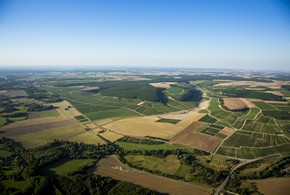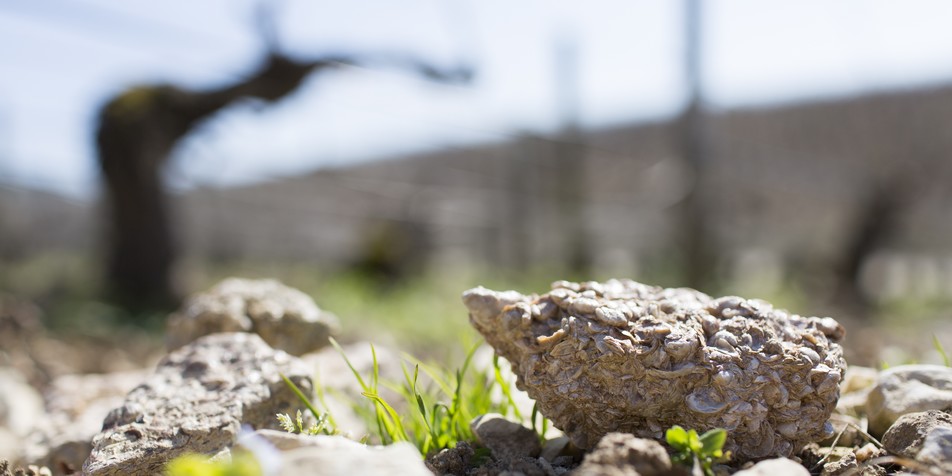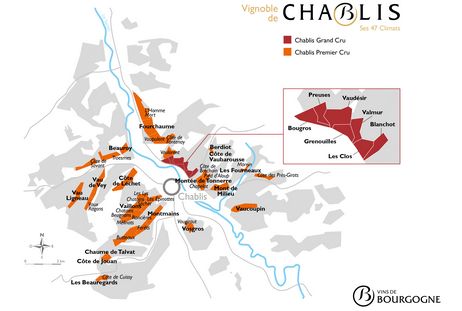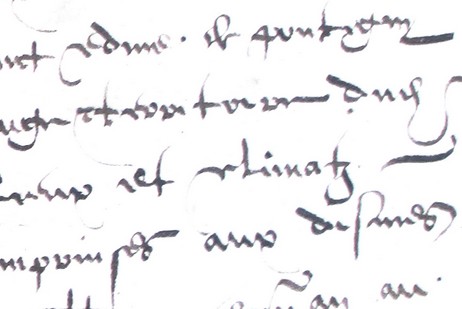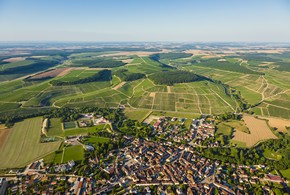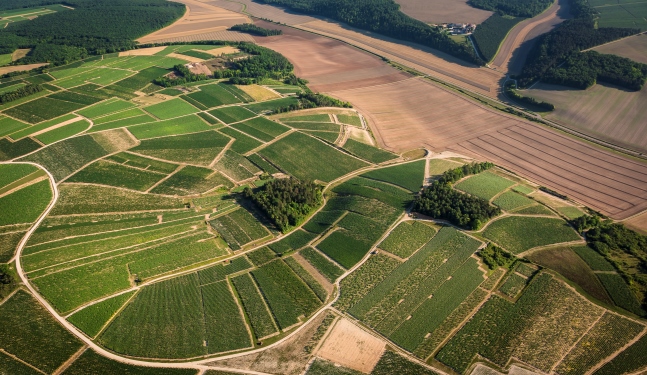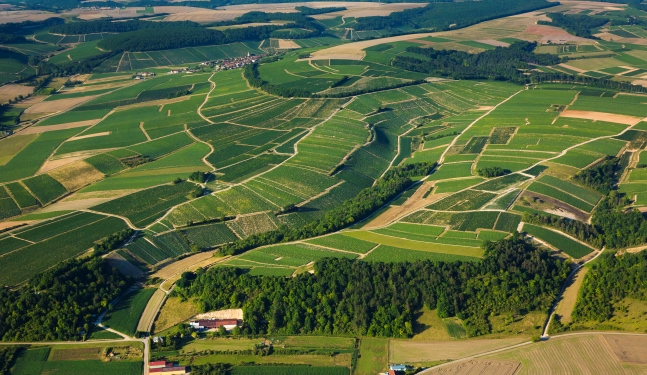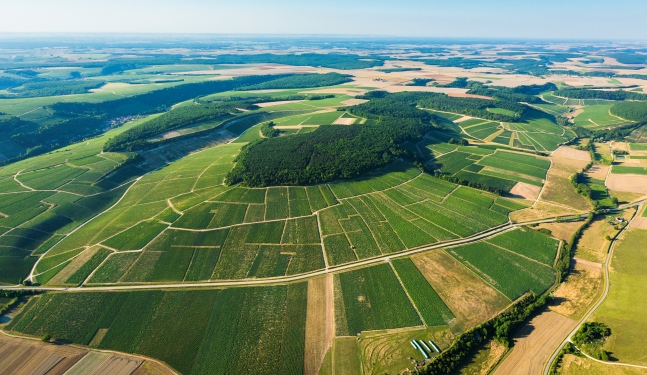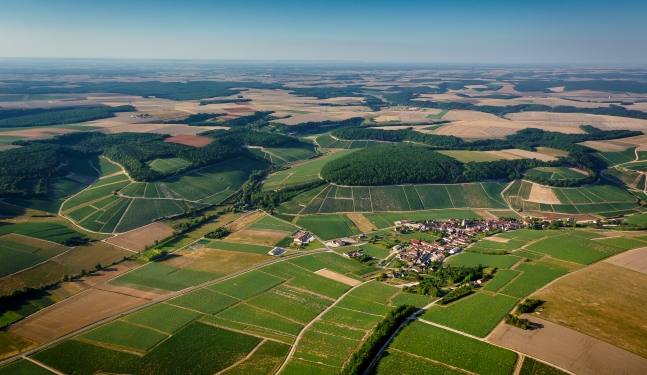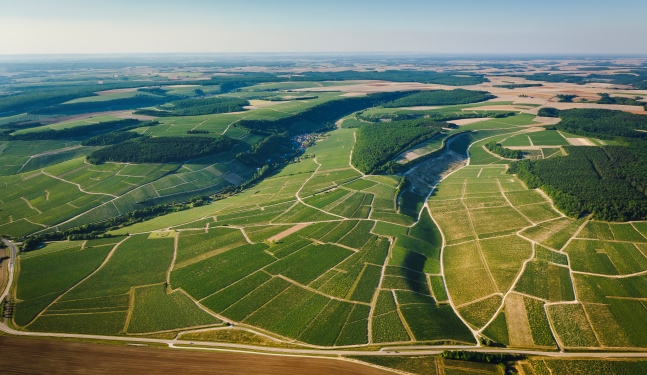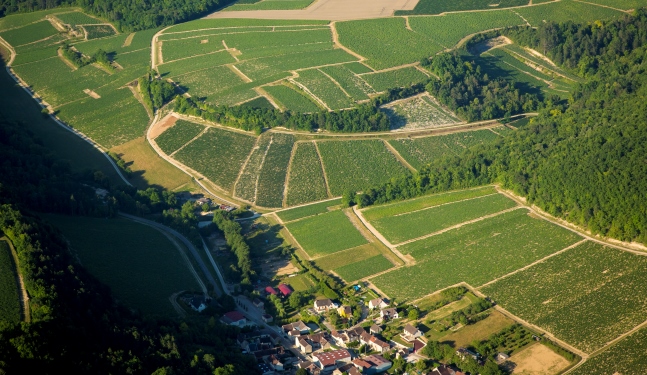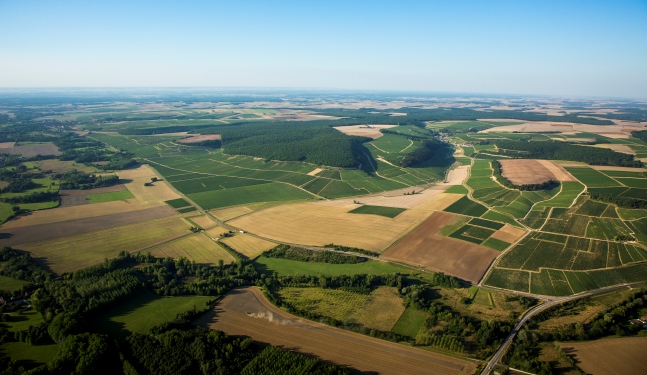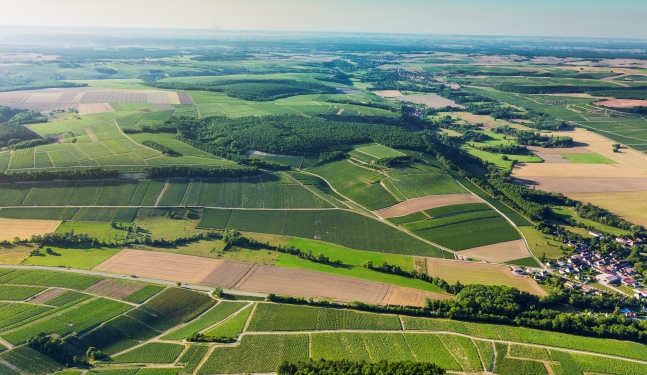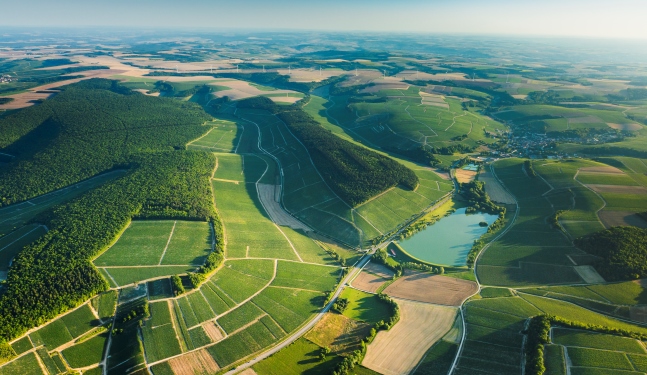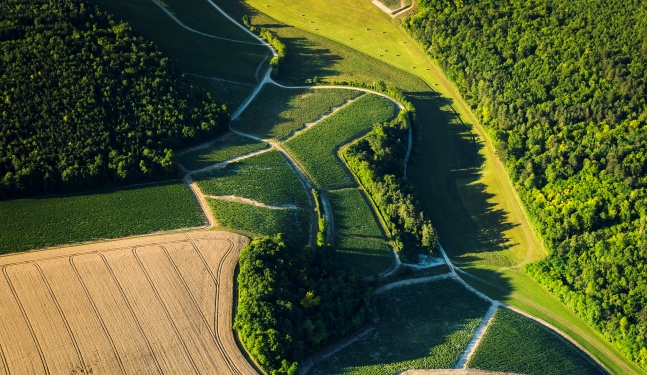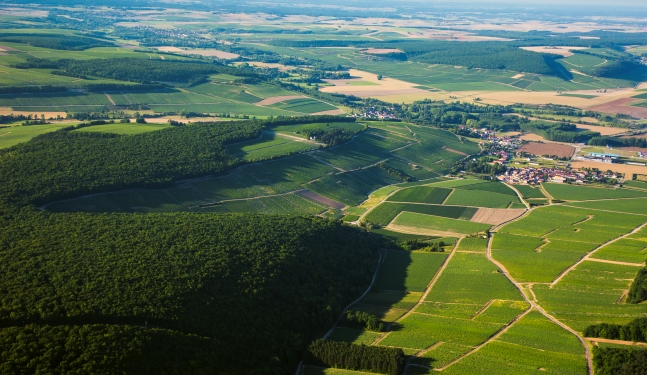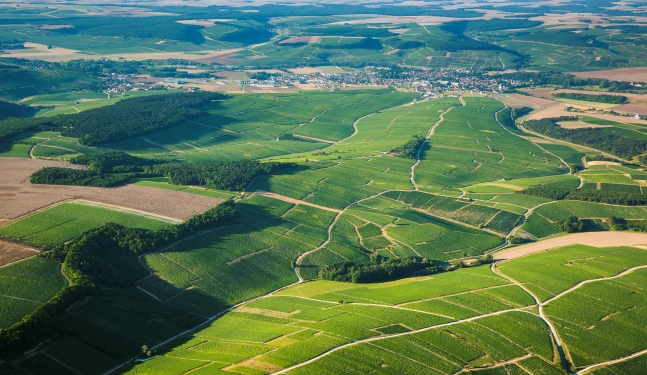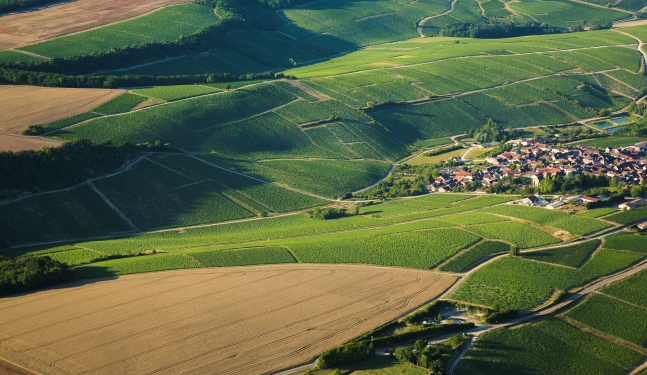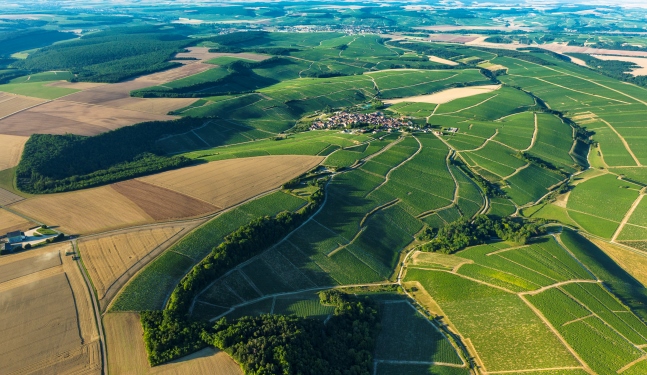THE 47 CLIMATS OF THE CHABLIS WINEGROWING REGION
WHAT IS A CLIMAT ?
• The word Climat is a typically Burgundian term. It comes from the Greek word klima, and then the latin clima, climatis, meaning 'slope'.
• Each Climat in the Bourgogne winegrowing region is a plot of vines that has been carefully marked out and named for centuries, and which has its own history and enjoys particular geological and weather conditions.
• Shaped by winegrowers, these plots that favor the great winegrowing varietals like Pinot Noir for red wines and Chardonnay for whites together form an exceptional patchwork of ranked appellations that enjoy a global reputation, including Régionale, Village, Premier Cru, and Grand Cru appellations.
• The Climats are the source of the unique organoleptic qualities of Bourgogne wines, including their appearance, aromas, taste, and mouthfeel.
• Certain Climats have enjoyed their reputations since as far back as the 7th century, such as the Clos de Bèze in Gevrey.
• To date, the earliest mention of the word “Climat” in the Chablis winegrowing region is from 1537, and refers to Chablis vines belonging to the Abbey of Pontigny.
• In 1935, the Institut National de l’Origine et de la Qualité (INAO) officialized the use of the term “Climat” and has since used it to refer to all Bourgogne appellations.
On 4 July 2015, the Climats of the Bourgogne winegrowing region
were inscribed on the UNESCO World Heritage List.
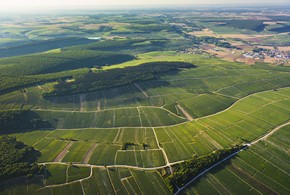
Chablis Premier Cru left bank
The 24 Climats of the left bank
